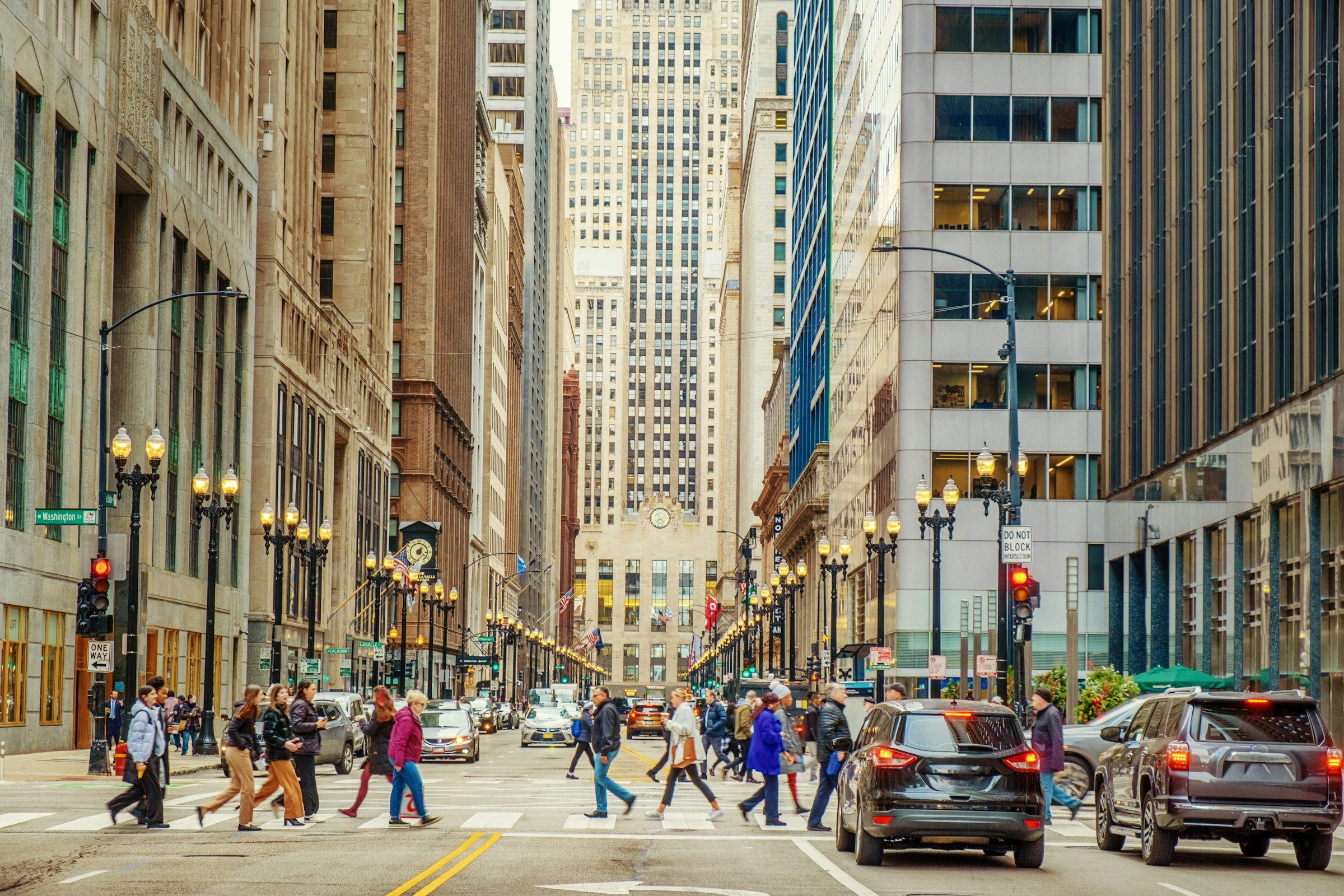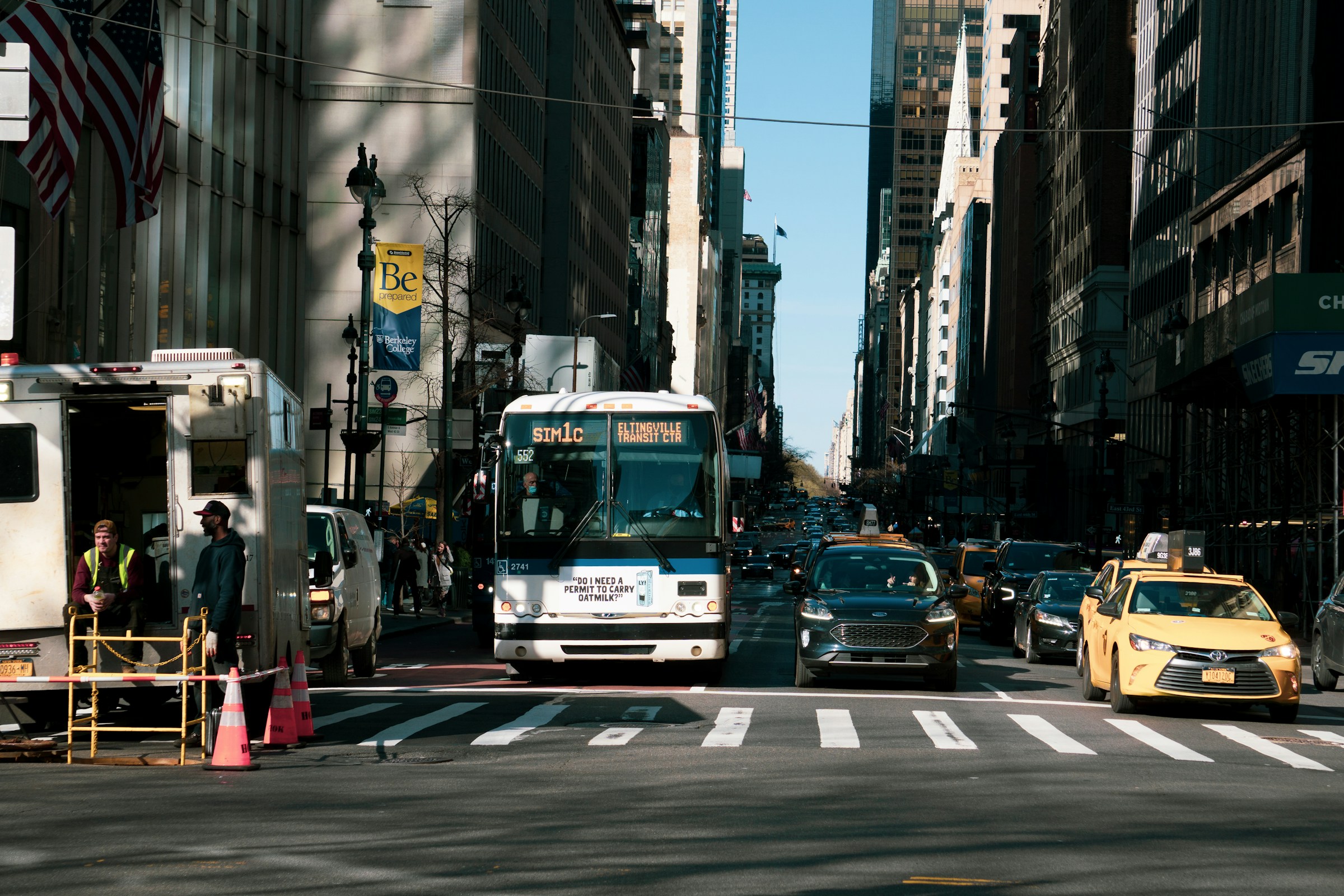Intersections are among the most dangerous places on our roadways. These busy crossroads bring together vehicles traveling in multiple directions, creating countless opportunities for conflict. Understanding why intersection accidents happen and how to avoid them can literally save your life. If you’re ever injured in one, an experienced auto accident attorney can help you understand your legal options and pursue the compensation you deserve.

The Startling Reality of Intersection Dangers
Every year, these collision hotspots account for a quarter of all traffic deaths and an astounding half of all traffic-related injuries nationwide. That means if you’re injured in a car accident, there’s a 50-50 chance it happened at an intersection.
What makes these numbers even more concerning is that many intersection crashes occur at locations specifically designed to prevent them. Around 55% of all intersection accidents happen at signalized intersections, and these are places where traffic lights are supposed to manage the flow of vehicles safely. This suggests that even our best traffic control measures can’t eliminate the inherent risks these locations present.
When and Why Intersection Crashes Happen
Timing plays a crucial role in intersection safety. The evening rush hours between 4 and 7 PM see the highest frequency of these crashes, when tired commuters are eager to get home and traffic volumes peak. During these hours, drivers are often fatigued, distracted, or simply overwhelmed by the complexity of navigating busy intersections.
One of the most dangerous maneuvers at any intersection is the left turn. This seemingly simple action increases your risk of being involved in an accident by approximately 45%. Left-turning drivers must judge the speed and distance of oncoming traffic while also watching for pedestrians and cyclists – a complex task that leaves plenty of room for error.
Driver impairment significantly compounds these risks. Whether caused by alcohol, drugs, or simple drowsiness, impaired driving plays a role in nearly half of all intersection accidents. When reaction times are slowed and judgment is compromised, the split-second decisions required at intersections become even more challenging.
Protecting Yourself at Intersections
Prevention starts with awareness and defensive driving. Always approach intersections with extra caution, even when you have the right-of-way. Scan in all directions before proceeding, and never assume other drivers will follow traffic signals or signs.
When making left turns, take extra time to ensure the path is clear. If visibility is limited, inch forward carefully until you can see oncoming traffic clearly. Remember that motorcycles and smaller vehicles can be easily overlooked in your blind spots.
If you’ve been injured in an intersection crash, it’s important to understand your rights and the steps you can take to recover compensation for your losses.

Engineering Solutions That Work
Communities are increasingly turning to proven engineering solutions to make intersections safer. Roundabouts, for instance, have shown remarkable success in reducing injury crashes by about 37% compared to traditional stop-sign intersections. These circular designs eliminate the most dangerous types of collisions by forcing all traffic to move in the same direction.
Advanced warning signs also make a meaningful difference, reducing intersection accidents by approximately 15%. These signs alert drivers to upcoming intersections and traffic control devices, giving them more time to prepare and react appropriately.
By understanding these risks and taking appropriate precautions, we can all help make our intersections safer for everyone who uses them.
Article Last Updated: October 14, 2025.
